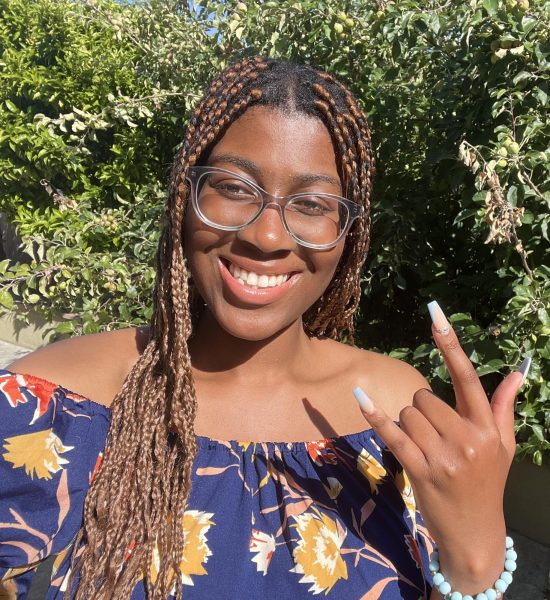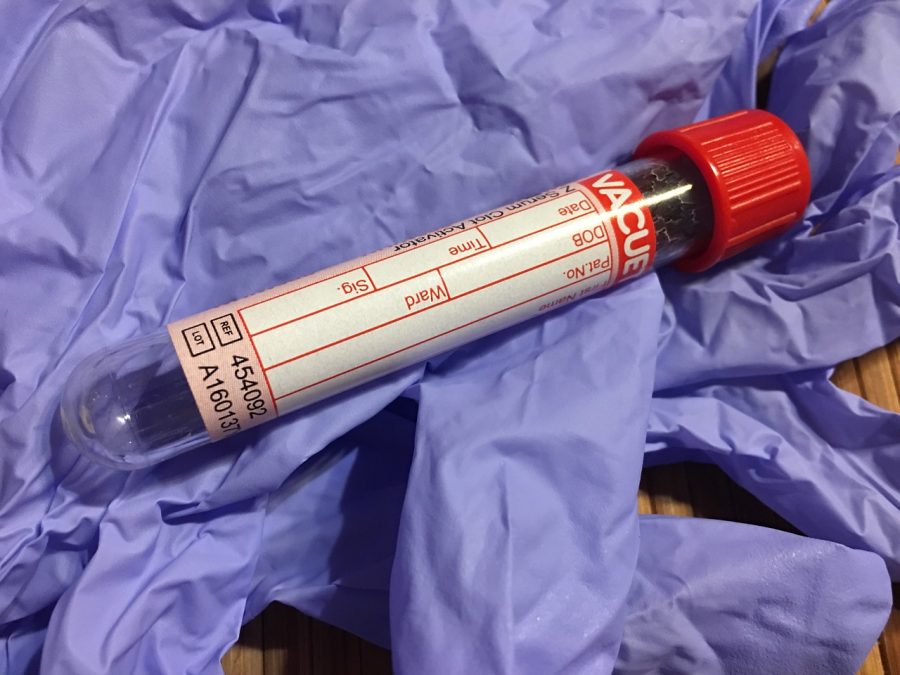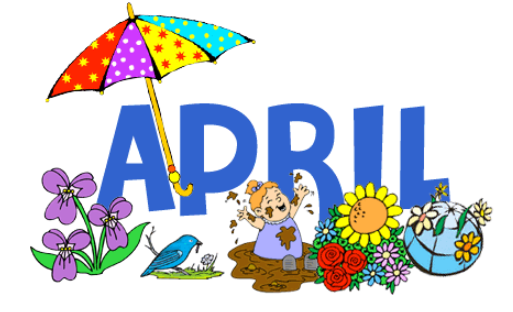Raise awareness for in specific groups
National Native HIV/AIDS Awareness Day – March 20
Image by kropekk_pl from Pixabay
Testing is one method to create awareness.
The Centers for Disease Control and Prevention (CDC) states that, for every 100 [American Indians]/[Alaska Natives] with HIV, 60 received some HIV care, wherein the general population has 64 in 100 receiving care. Of those, 46 were retained in care, and 49 were virally suppressed, as opposed to 49 and 53 percent respectively, based on the general population (cdc) . This statistic alone is enough to validate the existence of National Native HIV/AIDS Awareness Day, which is recognized on March 20.
Human immunodeficiency virus (HIV) is a virus that negatively affects the immune system. Acquired immunodeficiency syndrome (AIDS) is just a later stage. Both of these medical conditions can become life-threatening if left untreated, and 40% of the AI/AN population with HIV have not received care at all.
“Approximately 1.2 million people in the U.S. are living with HIV today. About 14% (1 in 7) don’t know it and need testing.” (HIV.gov). HIV and AIDS disproportionately affect ethnic minorities and gay/bisexual men the most. They may be unaware of their symptoms or even be asymptomatic for several years. Being undiagnosed leaves them at risk for unknowingly spreading the virus to other individuals in their community.
Not only does National Native HIV/AIDS Awareness Day raise awareness for HIV and AIDS, but it also brings to light the damage done in American Indian and Alaska Native communities. It also encourages them to get tested for HIV and AIDS and learn more about the medical conditions.
To observe National Native HIV/AIDS Awareness Day, use the hashtag: #NativeHIVAIDSAwarnessDay and promote education among the Native population.

“For a second, I was thinking that I might write 5 articles this time. Then I reminded myself that I'm weak and can't handle it.”
Maya Nneoma Adimora...




